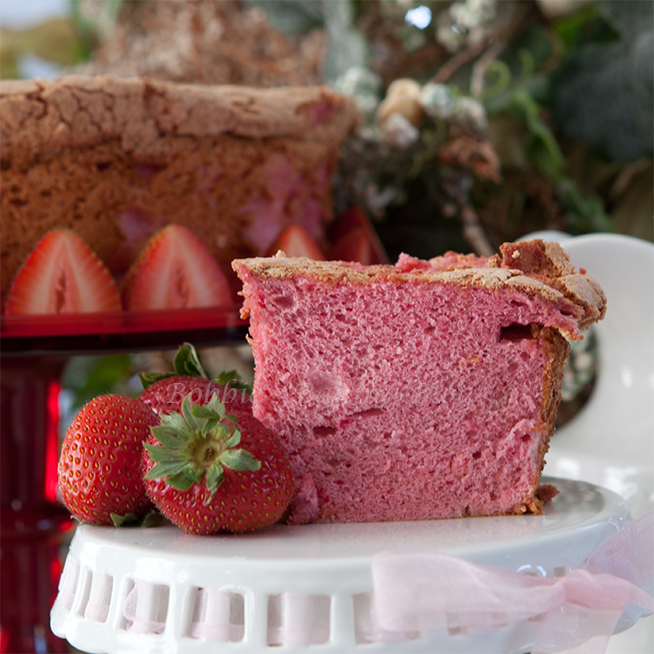
Light and airy Strawberry Angel Food Cake
Almost everyone has their favorite type of cake, but might not realize the different methods used for baking cakes. Mine is an Angel Food Cake, strawberry, is my ultimate favorite flavor! Angel Food cake is a egg white, fat free foam cake. Sydney’s happens to have two favorite cakes joconde and genoise, both are a French type of sponge cake using both egg whites and egg yolks, separately, to leaven the delicate cake.

Lady Fingers, awesome with espresso
Angel food cakes and foam cakes contain very little fat or no fat at all and the eggs are relied on for their light and airy texture. There are no other type of leaving agent used, for example baking powder or baking soda. The cakes generally have a springy texture, perfect for a roulade cake (a rolled cake), such as a Christmas favorite Bûche de Nöel.
Although this technique takes time to master, it’s definitely worth learning for the plethora of unique cakes that be designed: such as an Opera cake, petit fours, Tiramasu, and DF’s favorite Boston Cream Pie, plus many many more.
Method Angel Food Cake:
Prepare your mise en place. Sift the cake flour, with 1/4 super fine sugar four time times and set aside.
Using the whisk attachment whip the egg whites and salt, ( if you are not using a copper bowl add cream of tartar with the salt) gradually add the remaining super fine sugar. Bring the egg whites to a medium peaks.
Gently, in thirds, fold the cake flour into the batter, pour directly into an angel food cake bake. Bake the cake, and hang upside down to cool. (To get the recipe in full, click the link for Angel food cake, above)
Method Sponge cake:
Prepare your mise en place
Whisk the egg yolks, with half the amount of sugar, till pale yellow, ribbons form. and triple in volume.
Egg whites are whipped with the remaining half of the sugar until stiff peaks form.
The egg whites and the egg yolks are folded together, cake flour is then sifted over the egg mixture 1/3 at a time.
A small amount, sometimes depending on the sponge cake, of clarified butter is folded into one cup of the mixture, and added to the batter.
This method may be varied by heating the egg yolks, or keeping the eggs whole and heating them over a double boiler to 43 degrees C/ 110 F. The reason for this extra step is the egg foam attains a more volume when heated. Once you have gently warmed the egg yolk/whole egg follow the same method above. Begin whipping the egg yolk/whole egg immediately.
Creamed Cake Method:
Now that we have covered foam cakes lets move on to an american favorite the creamed butter cakes; this would included the devils food cake, pound cake, cupcakes,bundt cakes traditional birthday cake, wedding cakes, and too many more to mention.
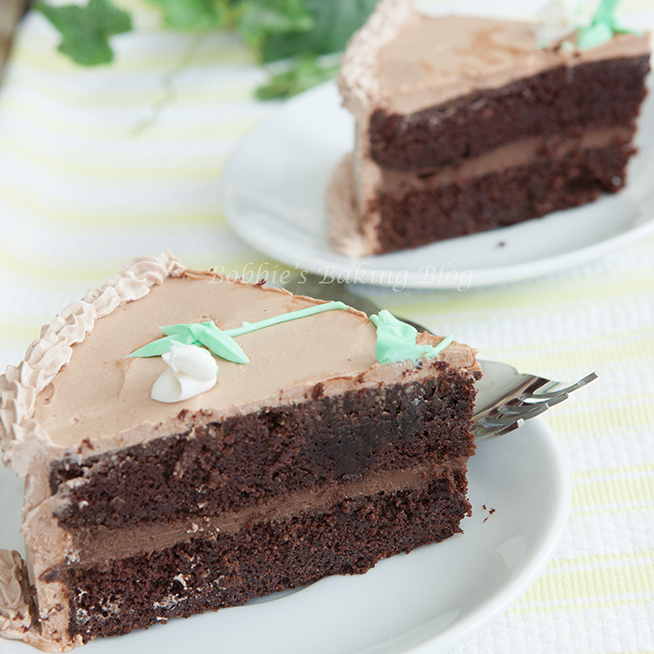
Creamy, rich, and oh so chocolatey
For creamed butter cakes there are three methods, One Stage Method, Two Stage Method, and The Creaming Method.
One Stage Method:
I must admit this method is my least favorite and I very rarely use it.
Prepare your mise en place and have all your ingredients room temperature (all the ingredient should be the same temperature for optimum results)!
Place your butter in the bowl of a standing mixer, with paddle attachment, cream for about 3 minutes on medium low. Add the sugar, flavorings, and salt. Cream with butter, on medium speed, until light and fluffy about 4 additional minutes. (Do not over beat or the butter will become greasy).
Now, one at a time, add each egg the recipe calls for, amalgamate before adding the next egg. Beat until the mixture is light and fluffy, about 5 minutes. Scrape down the sides of the bowl and paddles, remember to turn off the machine first!
On low speed add the sifted dry ingredients, alternating with the liquid, staring and ending with the dry ingredients. Pour into the pan/ pans and bake. Let cool.
Two Stage Method:
This is probably my favorite method, it is a little faster, reduces the chance for the cake to become tough, the batter is smoother, and the cake tends have a leveled top. This method, however requires more liquid, in two stages, than the creaming method.
There are two important rules for a successful two stage method cake:
- Mix at a low speed for the correct amount of time required. I’ll set a timer to be completely accurate.
- Remember to stop the machine to scrape the sides of standing mixer bowl, as well as the paddle attachment.
Prepare your mise en place and have all your ingredients room temperature (all the ingredient should be the same temperature for optimum results!)
In a measuring jug place the second addition of liquid, eggs, and preferred flavoring, set aside.
In the bowl of a standing mixer with the paddle attachment sift the dry ingredients, turn the mixer on low and beat for about 40 seconds to combine the dry ingredients well. Add cubed butter and the first addition of liquid, on low speed mix for 2 1/2 minutes until the dry ingredients are moisten, raise the speed to medium for about two more minutes. Turn the machine off and scrape.
Add the second addition of the liquids/egg mixture, while the mixer is running on low, add in thirds. After each addition of liquids raise the machine to medium for 20 to 30 seconds, turn off the machine, and scrape the sides. Once finished using a rubber spatula scrape the sides and fold the batter to insure all ingredients are well combined.
Pour into pans/pan and bake. Let cool.
The Creaming Method:
Prepare your mise en place and again make sure all your ingredients are room temperature (all the ingredient should be the same temperature for optimum results!)
Sift your dry ingredients into a large bowl and set aside.
In the bowl of your standing mixer with the paddle attachment add cubed cool, but pliable butter, on low speed begin creaming the butter, raise the speed to medium, continue to cream until the butter is smooth and creamy, about four minutes, add sugar, and continue to beat, on medium speed, until the mixture is light and fluffy.
Add the eggs one at a time, allow each egg addition to amalgamate before adding the next egg. After all the eggs are added beat until the mixture is light and fluffy.
Turn your machine off, with a rubber spatula scrape the sides, the bottom, and paddle attachment. On low speed add the pre-sifted dry ingredients, alternating with the liquid, beginning with the dry ingredients and ending with the dry ingredients. Do not over beat or you’ll end up with a tough cake.
Variation:
The eggs may be used as your liquid just follow two simple rules:
- Use the liquid, such as milk, in place of egg addtion
- Whisk the flavoring preferred with your eggs
Secrets for success:
- Room temperature for butter is about 65 to 72 degrees, cool yet pliable
- Never leave your butter out over night to soften, you’ll end up with a greasy cake
- Take your time
- Follow the exact measurements and times
- Make sure your oven is callibrated
- Set a timer for baking time, I generally will set for 5 minutes less and check my cake.
I hope this clarifies cake methods for you, and if you want any of these recipes in full with the ingredients, measurements, and detailed instructions click on the links listed above.
Have fun and bake a cake!
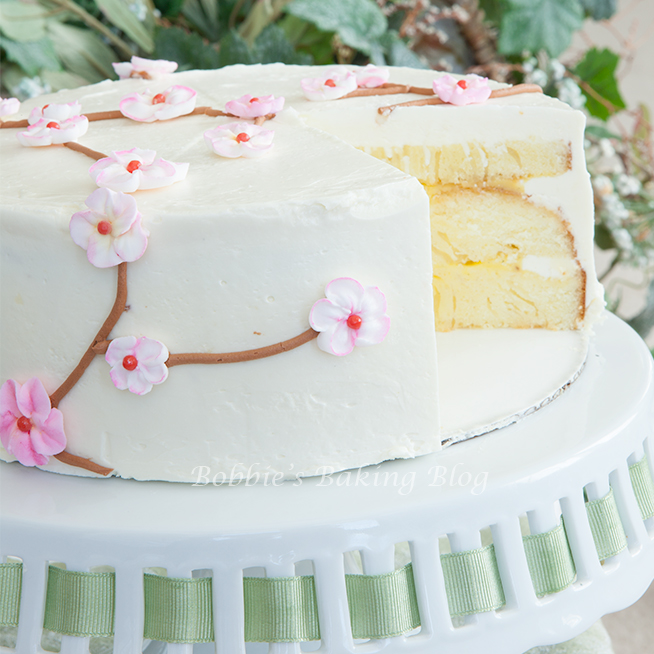
Voila!

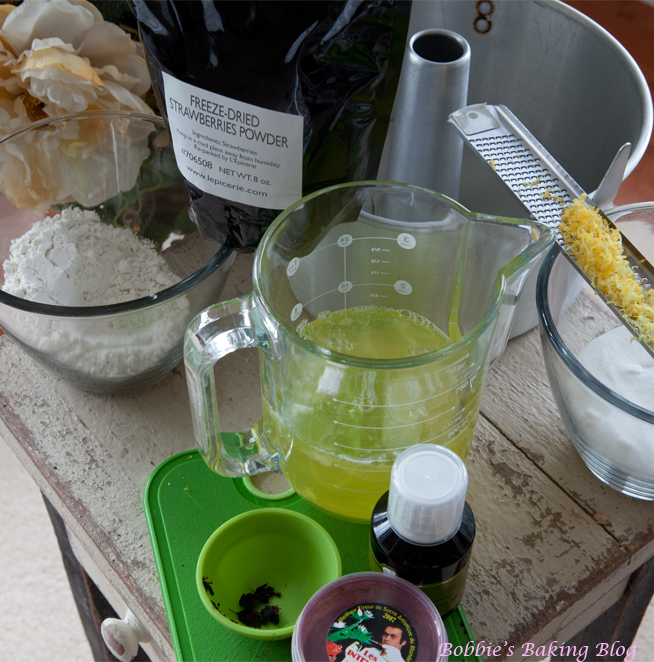
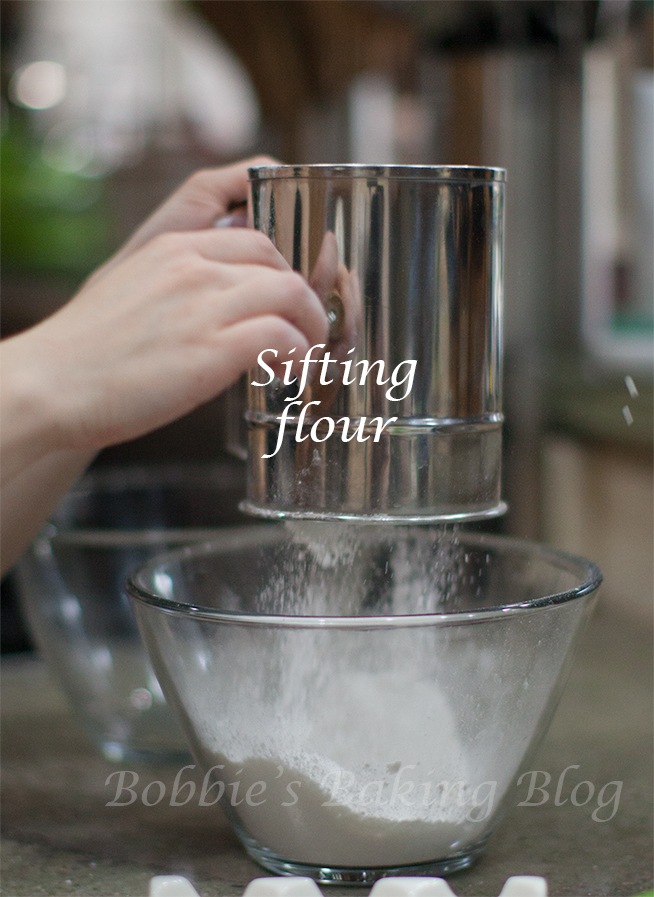
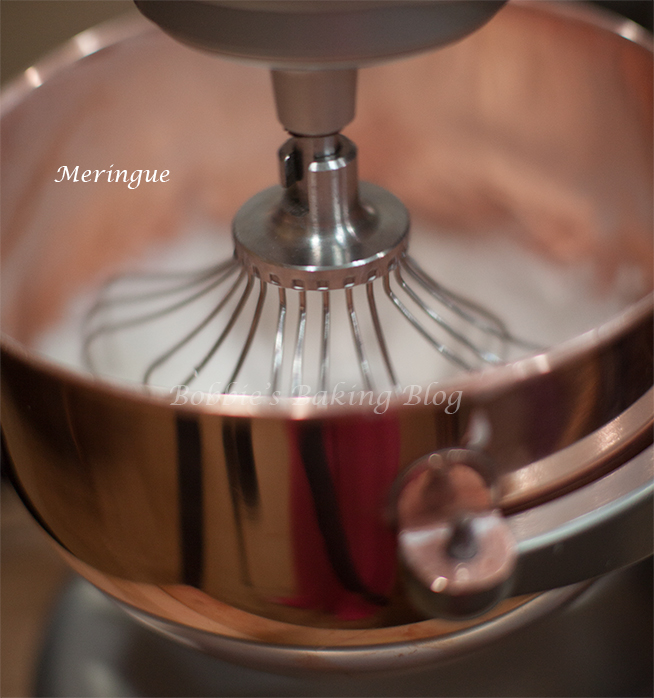
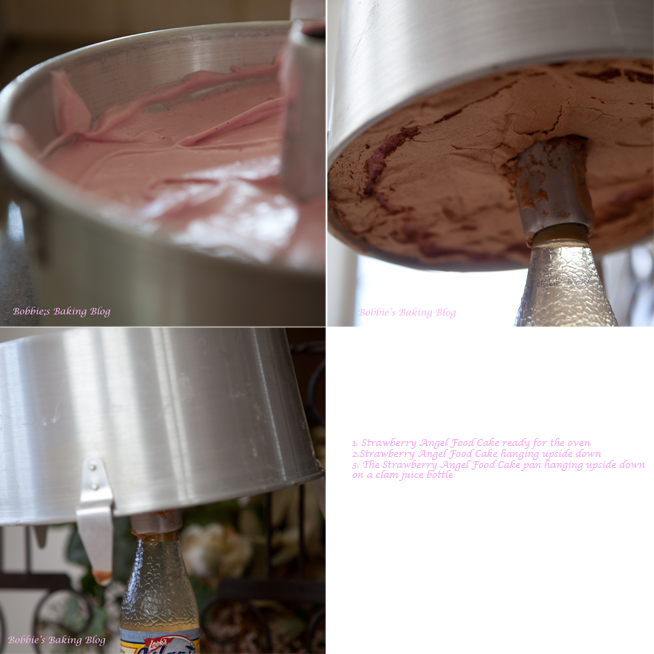
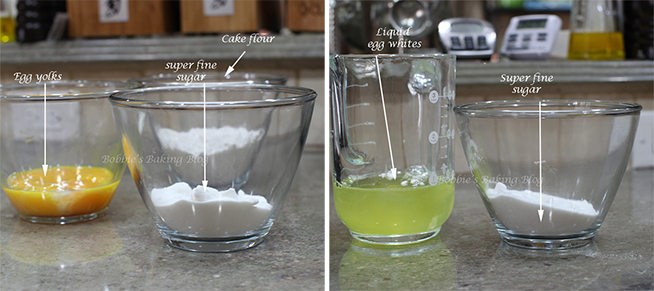
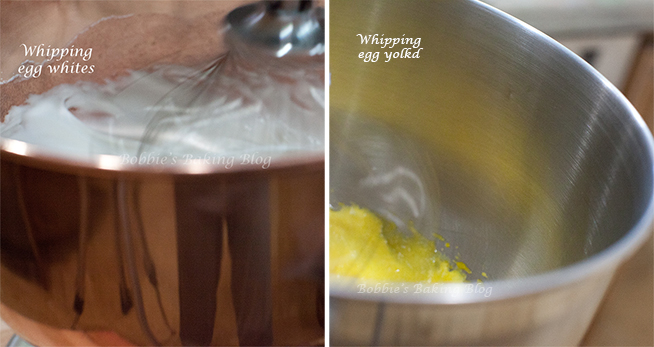
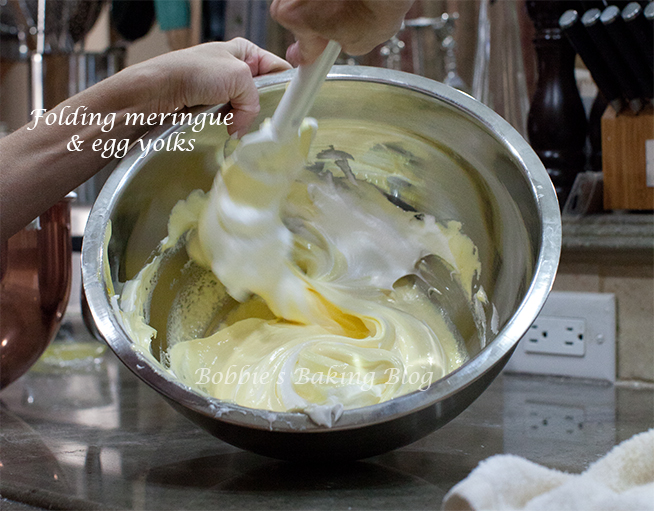

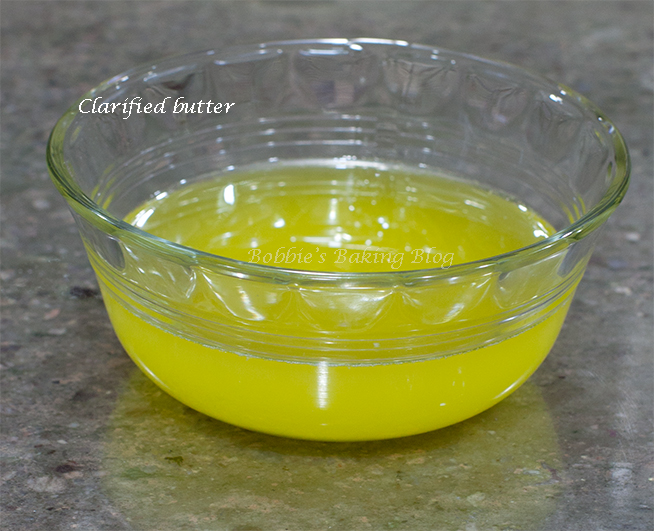
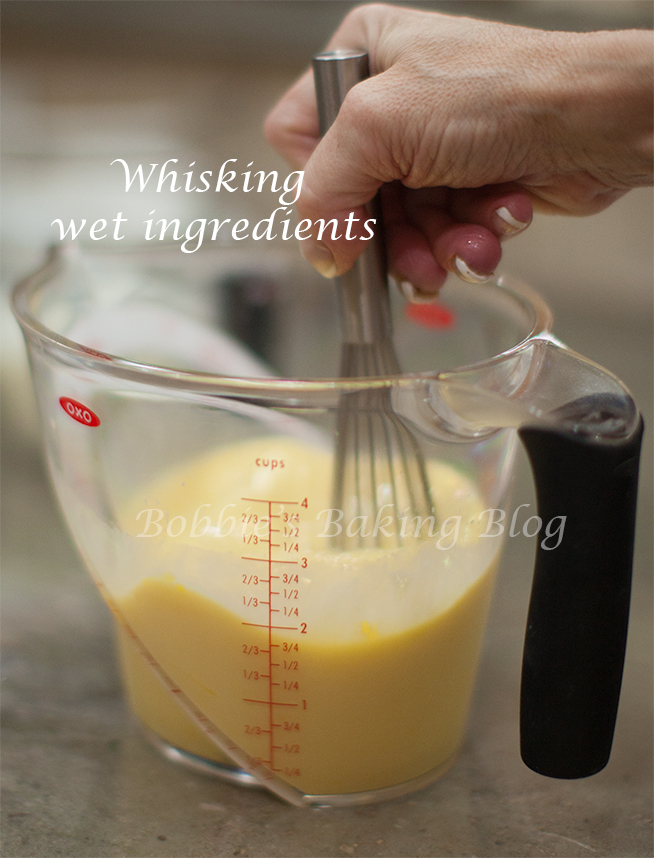
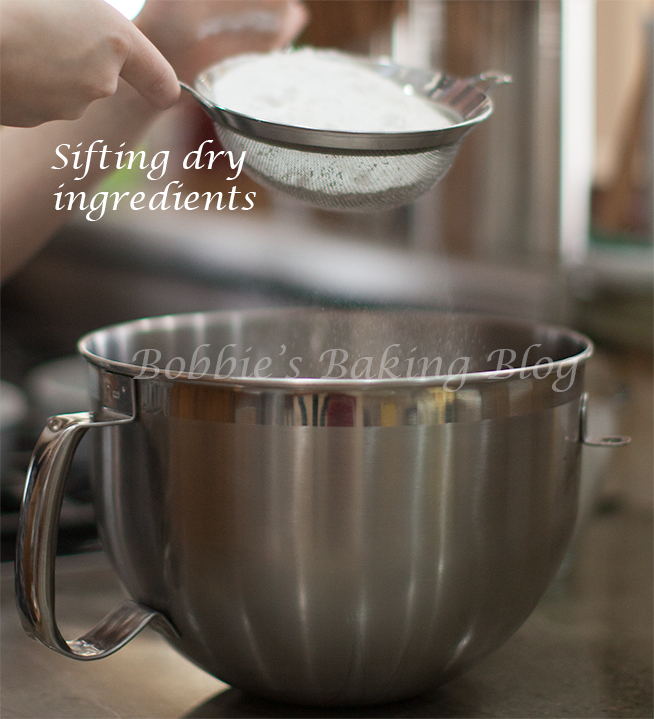

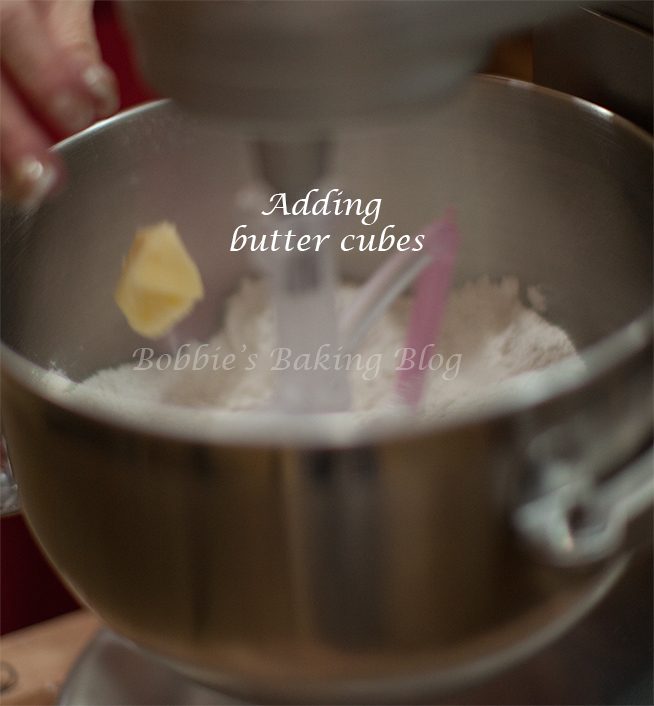

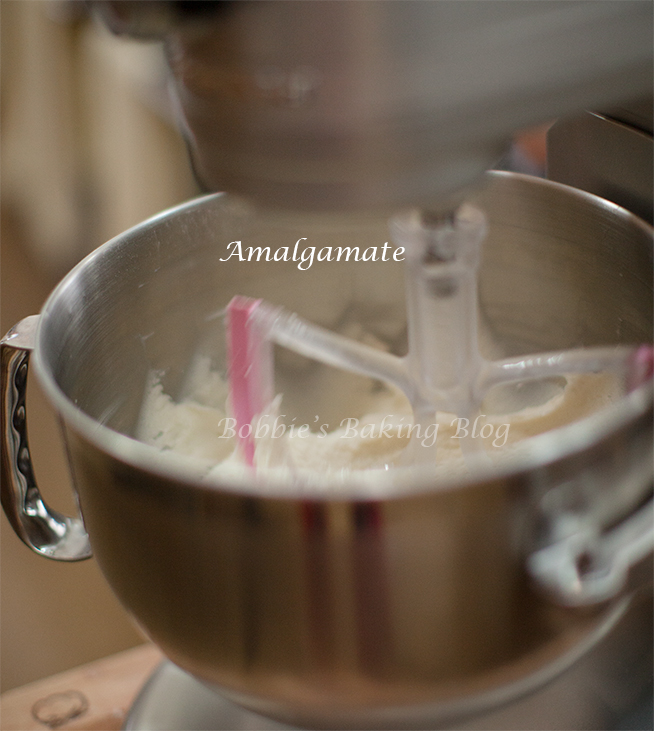
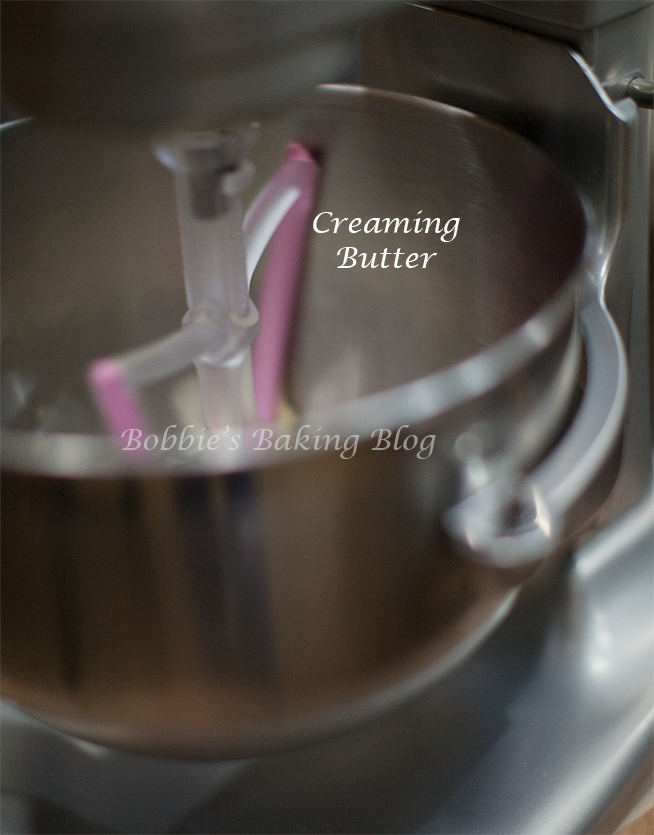

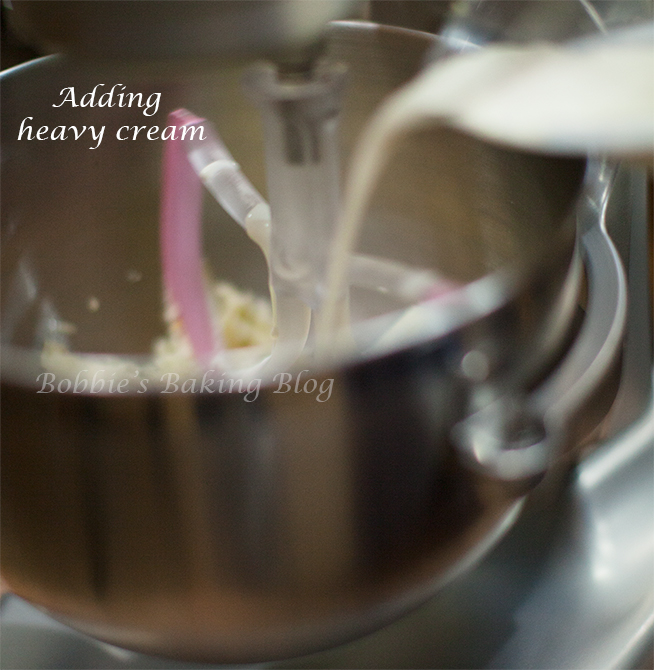
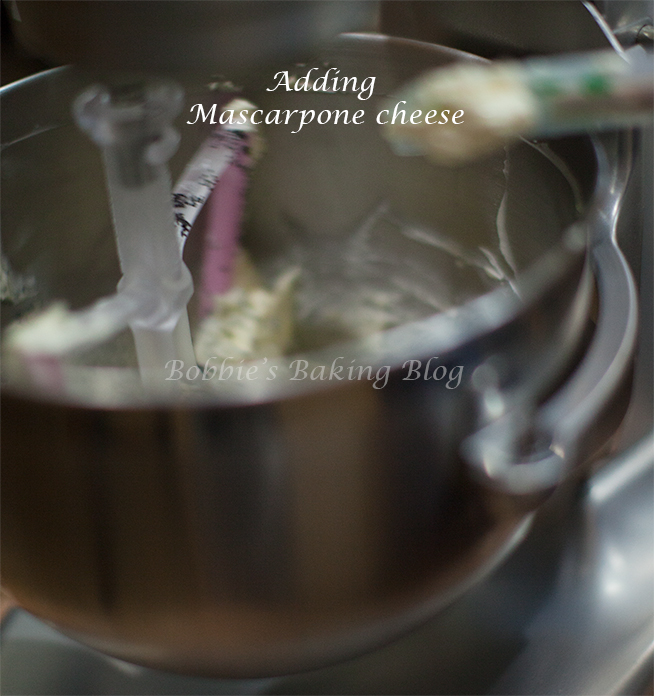

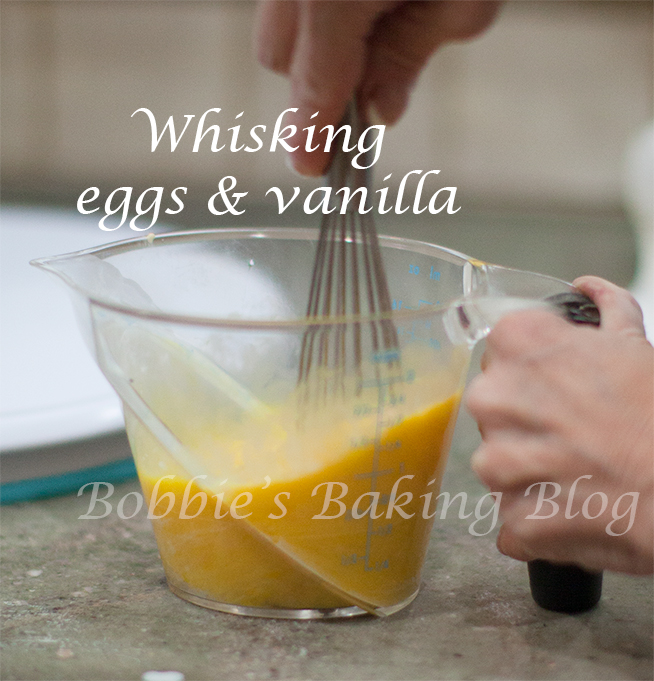
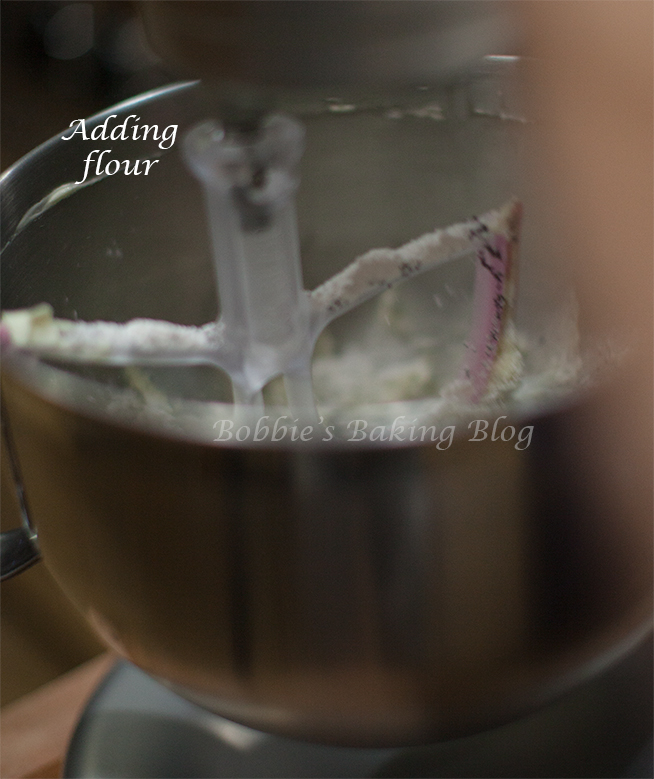
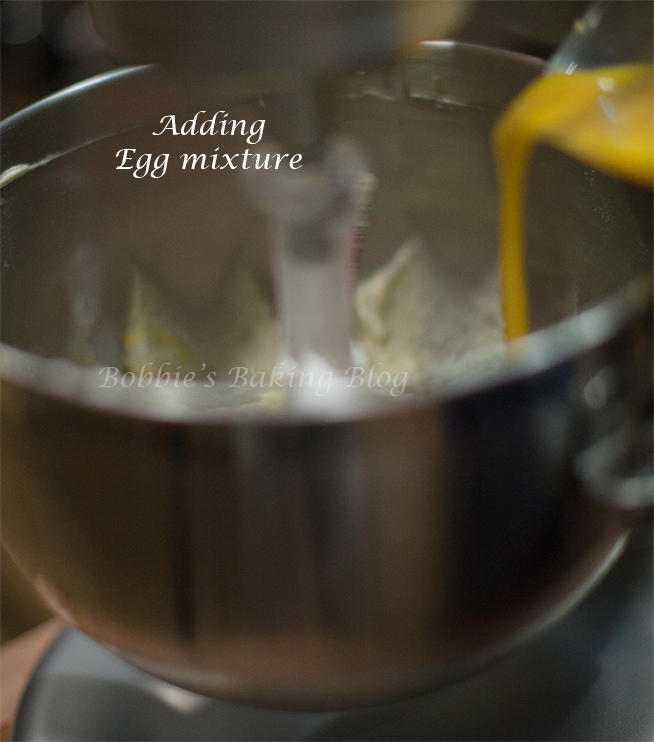
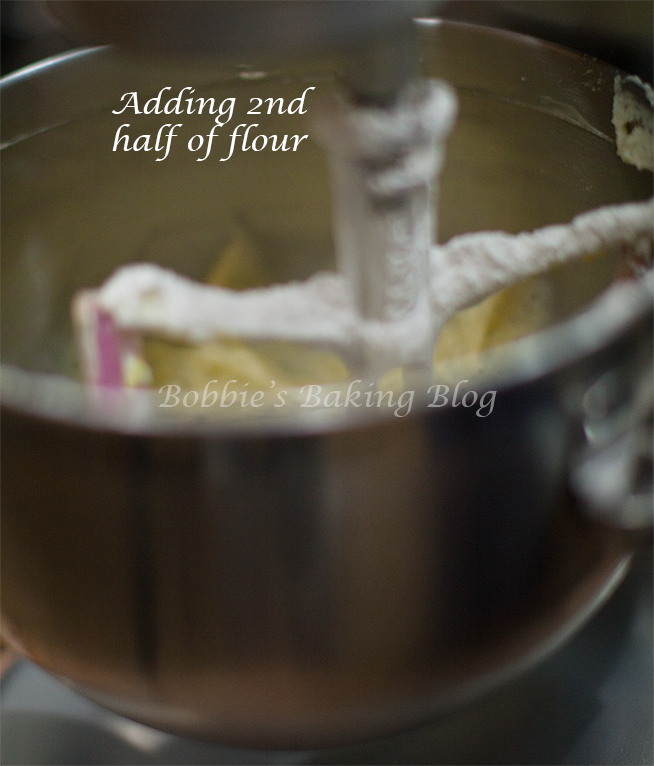
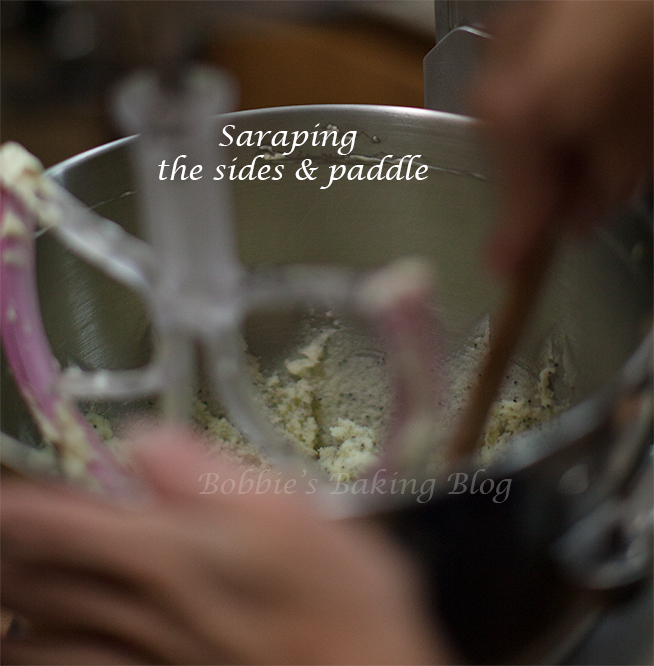



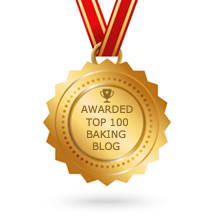

fantastic, love the methods and photo’s just what people that are serious about baking want to see.
Rebecca, thank you for your sweet compliment.
Great infor for beginners as well as a refresher for those who’ve been at it for a while.
Hey Sandra, it has been a while, I hope all is alright! Thank you
I’m very pleased to uncover this site. I need to to thank you for your time for this particularly fantastic read!! I definitely savored every little bit of it and I have you book-marked to see new things on your website.
Catherine, I am glad you found my article & site helpful! 🙂
Thank you so much, finally someone has clarified cake baking and simplified it.